Complexity Drives Costs: A Look Inside BYOD and Azure Data Lakes
Jet Global
NOVEMBER 5, 2020
Reporting will change in D365 F&SCM, and those changes could significantly increase complexity and total cost of ownership. To enhance security, Microsoft has decided to restrict that kind of direct database access in D365 F&SCM and replace it with an abstraction layer comprised of something called “data entities”.



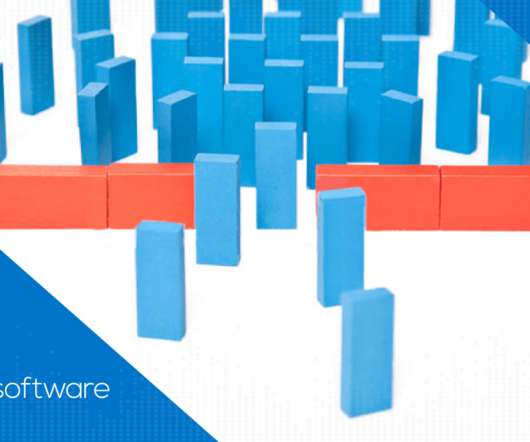


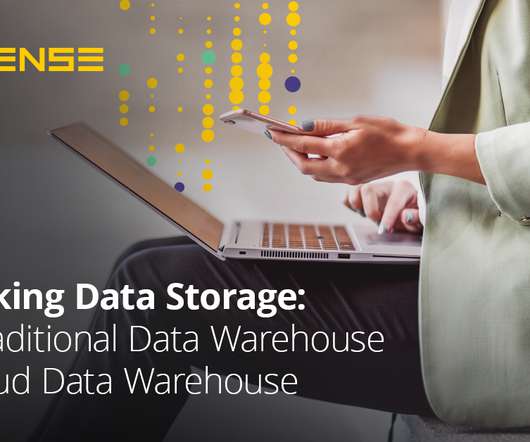
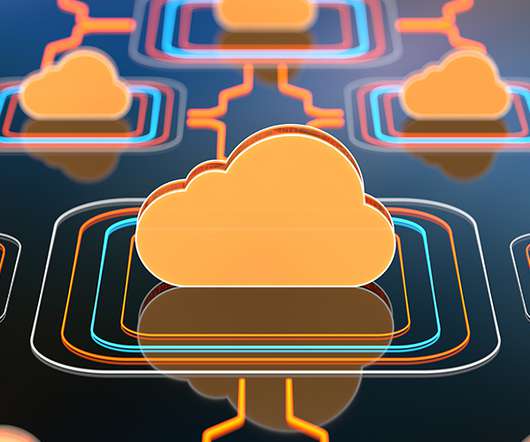

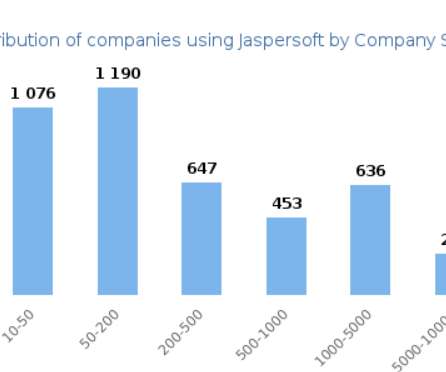
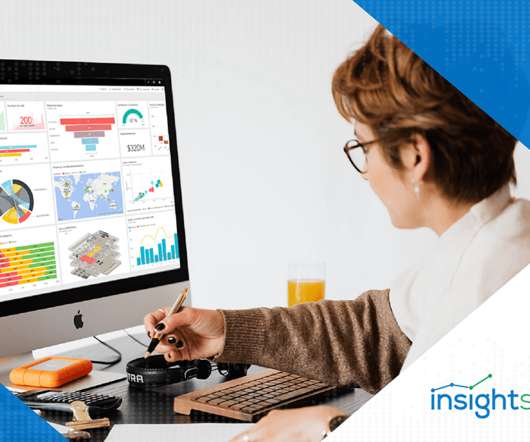

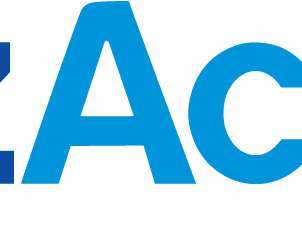
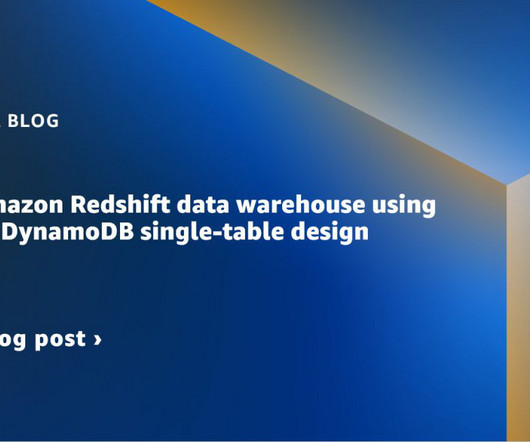








Let's personalize your content